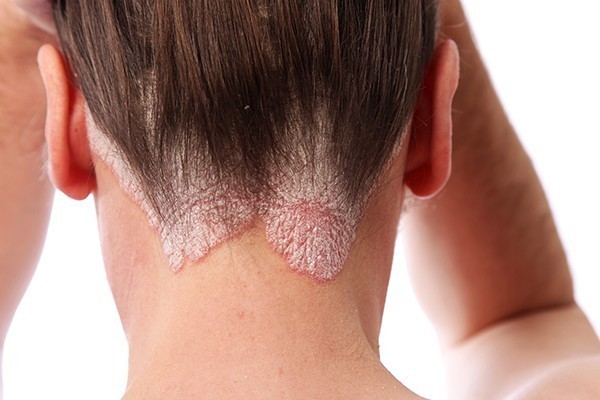Greenwashing: How to identify real natural products?
What is Greenwashing?
More and more people are turning to earth-friendly, sustainable, organic products. Consumers are looking for transparent and authentic companies who care about the environment. To fulfill these needs, some companies are adopting “greenwashing” techniques into their marketing campaigns to promote an eco-friendly image to the public. This recent phenomenon refers to companies that claim to be sustainable and eco-friendly when, in reality, they are not. On the contrary, this misleading practice gives the company an ecological image when, in fact, there are little or no environmental measures in place. Greenwashing is, therefore, a blatant marketing technique used to project a false image of the brand and mislead consumers.
How to recognize Greenwashing?
With companies pouring millions into marketing campaigns, it’s hard to identify a real natural product from a fake one. With cosmetic products, design and packaging can give you an indication of greenwashing. Brands tend to use similar packaging techniques. Overall, there are three indicators:
First, using glass containers or bottle with a label made of paper. This technique makes the product look rustic and authentic.
The second is the wording. Oftentimes, you will be flooded with a list of terms like “natural” and “organic”. Here are some examples of buzzwords companies use: ethical, pure, clean and green, eco-friendly. Companies may use these terms freely because there are no regulatory measures for them. These deceptive synonyms misguide consumers – everything points to a natural product, which has little or no natural ingredients in them whatsoever.
Finally, there is a third method to give the product a natural image. Quality seals of approval are misused by giving false credibility to the brand and the company. Many brands play on the consumers’ lack of understanding to lead them astray. However, there are certified organic labels that guarantee that companies meet the required standards and guidelines before they receive a certified label. These independent bodies have verified the ingredient list and confirm that the product is 100% all-natural and environmentally friendly. Here are some seals that offer you a guarantee that the product you are buying is natural: Ecogarantie, Ecocert and Cosmos Bio.
What is INCI?
The INCI stands for International Nomenclature of Cosmetic Ingredients. Easily found online, this worldwide naming system tells you about the exact composition of your cosmetics. This lists names the ingredients in Latin or English, no matter where they come from. It lists the ingredients in their decreasing order of concentration. However, there is one exception to this: the products with a concentration of less than 1% are listed arbitrarily.
Understanding the INCI list
- Aqua means water.
- A Latin term is often used for natural plant extract. Some exceptions apply: Petrolatum (Vaseline) and Paraffinum Liquidum (mineral oil). These terms refer to petrochemical derivatives.
- The prefix sil- and the suffix -en refer to silicones
- Acronyms (like PEG, SLS …) are often a bad sign.
- CI followed by a number refers to hair colorants (natural or chemical).
- Substances which can trigger allergic reactions are generally found at the bottom of the list (for example linalool, limonene, …).
If you want more information about this topic, you can always check The Truth about Cosmetics site. This page provides detailed information about cosmetic ingredients.
http://hairborist.com/wp-content/uploads/2017/06/greenwashing.jpg


